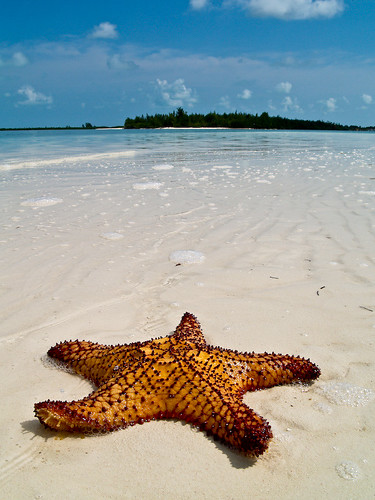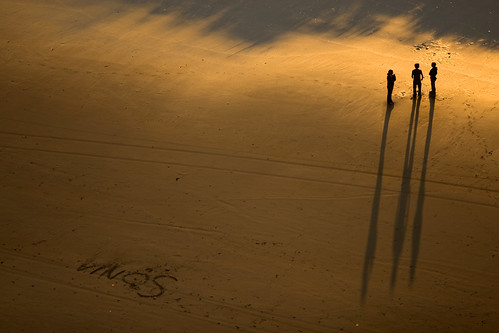7 Quick Tips for Better Beach Photography
We all love the beach, but getting a decent photograph from your beach excursion can be a little tricky. Here are a few quick tips on beach photography that should help you improve your results.
1) Be Early or Be Late – In general the best photos you will capture at the beach will generally be taken before the light becomes too powerful. That means shooting during the golden hour. If this is the time you plan to be at the beach, then you will probably be served better by reading our guide to coastal landscape photography which deals with shooting in lower light situations. Although this is just a small piece of advice, don’t regard it as unimportant – shooting at the right time on a beach can get you some stunning photographs and is much much easier than shooting at the wrong time when the sun is high.
Now, it’s not always possible to get to the beach early enough though, so let’s look at some tips for photography at the beach when the sun is blaring and things are bright.
2) Know The Limitations of Auto – If you’re shooting in auto mode at the beach in the bright sun, your camera will probably be predisposed to under-exposing your images. If you’re having problems with the auto setting, then switch to manual and experiment with your exposure settings.
Now that you’re off auto mode, let’s cover some manual setting issues:
3) Mind Your Exposure Settings – A beach during the day throws up all types of exposure problems. Basically, it’s really really bright.
Very generally, in such bright conditions, you’re going to need a low ISO setting (think 100 or 200) in combination with a narrow aperture (somewhere between (f14 and f22) with a moderately fast shutter speed. This can all change though.
If you want a narrower depth of field (for a portrait for example), then you will need to open up the aperture and make the shutter speed a lot faster.
It’s difficult to generalise about camera settings, so that takes us to our next point…
6) Use the Sunny f/16 Rule as a Yardstick – If you don’t know the sunny f/16 rule then it’s a good yardstick for shooting in bright conditions. It probably won’t work perfectly in beach conditions every time though. A beach at midday is just about brighter than any other landscape so you will have to adjust for that, possibly with faster shutter speed or an even narrower aperture. Experiment for the conditions you find yourself shooting in.
7) Consider Filters – There are three filters that you might want to consider using if you have access to them.
- An ND filter will allow you to reduce the intensity of light hitting your camera’s sensor.
- A polarising filter will reduce reflections and help darken the sky
- A UV filter is probably the least useful by blocking short wave UV light (which used to cause loss of detail on film). Many photographers don’t like them as they can introduce lens flare.
Bonus Tip – Don’t Forget Flash – If you’re shooting people and faces when the background is really bright, then you might need a little fill light to make sure the faces aren’t underexposed. Force the flash to fire in this situation.





0 comments